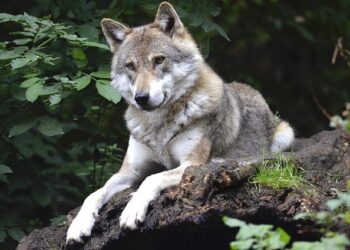Discovery of an Uncommon Venom-Spraying Scorpion in Colombia
Introduction to the Unique Species
In a fascinating turn of events, researchers have identified a rare species of scorpion in Colombia known for its exceptional ability to spray venom. This remarkable finding sheds light on the incredible biodiversity found within the region and adds another layer of intrigue to the study of arachnids.
Characteristics and Behavior
The newly discovered scorpion exhibits a set of distinctive features that set it apart from its relatives. It employs an unusual method for defense by ejecting venom from specialized glands when threatened. This behavior not only serves as protection but also acts as a strategy to subdue prey, showcasing its adaptation to survival in harsh environments.
Habitat and Distribution
Native to specific regions within Colombia’s lush landscapes, this venom-spraying scorpion thrives in particular ecological niches that provide both camouflage and resources necessary for sustenance. The scorpion’s habitat consists predominantly of dense foliage where it can effortlessly blend into its surroundings, evading predators while hunting smaller insects.
A Glimpse into Research Methods
The discovery was made possible through extensive field studies conducted by entomologists focused on exploring the lesser-known fauna of South America. Researchers employed various techniques such as night surveys and trapping methods designed specifically for studying nocturnal species, which allowed them to observe natural behaviors without interference.
Significance for Biodiversity Research
This newfound species holds significant implications for our understanding of arachnid evolution and biodiversity in tropical regions. According to recent studies, approximately 22% of arthropod diversity remains undocumented globally — highlighting that every new discovery plays a critical role in piecing together life’s complex tapestry on Earth.
Conclusion: The Importance of Conservation
As we unveil new species like this extraordinary scorpion, conservation efforts become increasingly crucial. Protecting habitats ensures that future generations can study these remarkable creatures while maintaining the delicate balance within their ecosystems. The ongoing research emphasizes not only curiosity about nature but also our responsibility towards preserving it amidst modern challenges like climate change and habitat destruction.
This unique insight opens up further discussions among scientists about how this creature fits into existing classifications while motivating public support toward conservation initiatives aimed at protecting such incredible yet vulnerable organisms.































